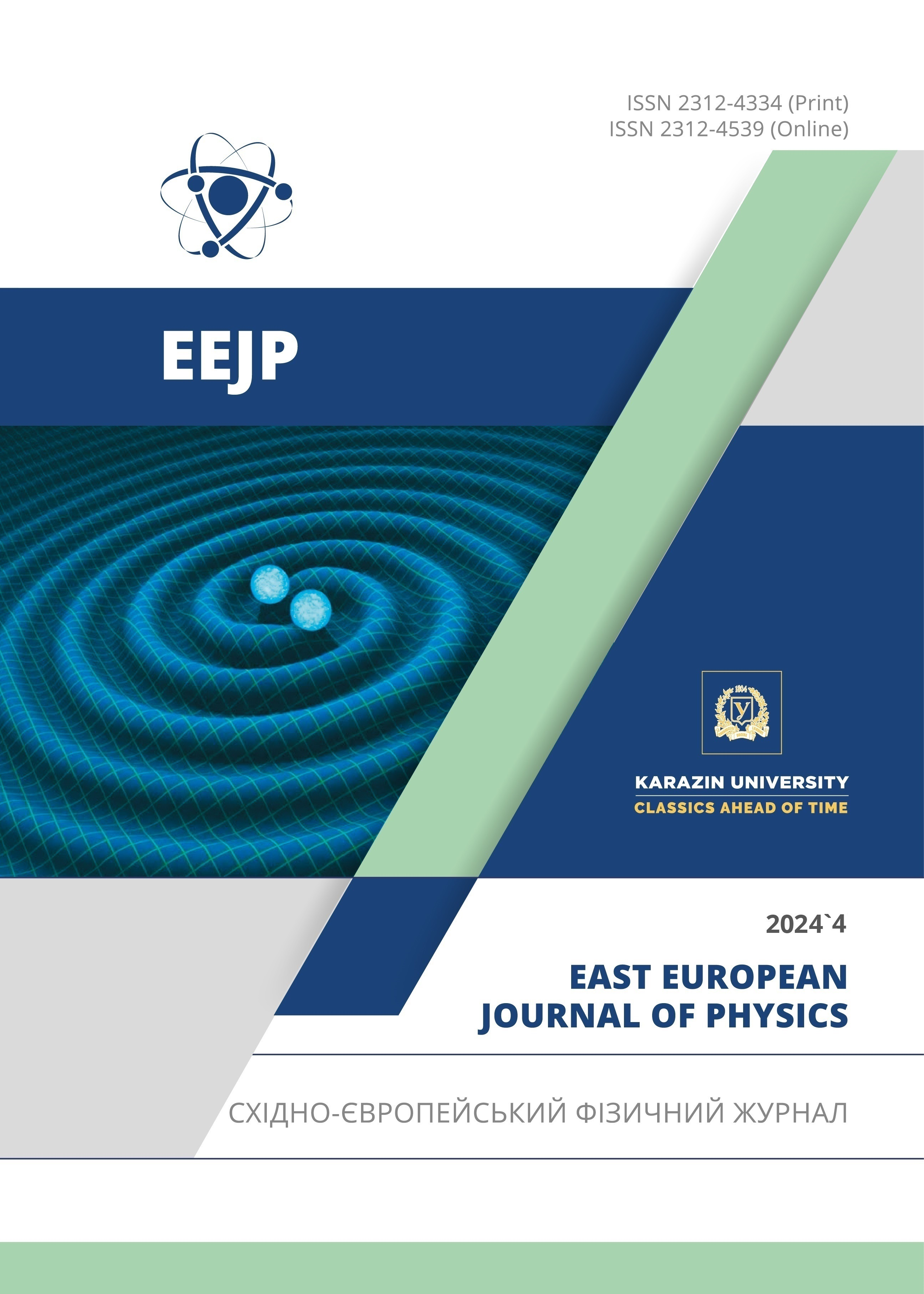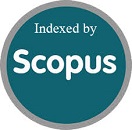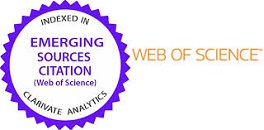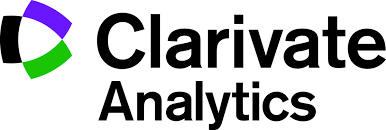Розуміння механізму розпаду ядра за допомогою методики моделювання Монте-Карло
Анотація
Розпад ядра був з’ясований за допомогою моделювання Монте-Карло при низькій енергії, що вказує на наявність ширшого конуса розпаду для розпаду поблизу цілі, тоді як при розпаді далекої цілі присутній добре локалізований конус розпаду. Симуляції вказують на необхідність ширшого тілесного кута в експерименті та локалізованого кінематичного тілесного кута для вивчення явищ розпаду. Було розглянуто приклад 7Li+208Pb і виявлено добре узгодження результатів моделювання з експериментальними даними.
Завантаження
Посилання
L.F. Canto, P.R.S. Gomes, R. Donangelo, and M.S. Hussein, Phys. Rep. 424, 1 (2006). https://doi.org/10.1016/j.physrep.2005.10.006
P.K. Rath, et al., Phys. Rev. C, 79, R051601 (2009). https://doi.org/10.1103/PhysRevC.79.051601
P.K. Rath, et. al., Phys. Rev. C, 88, 044617 (2013). https://doi.org/10.1103/PhysRevC.88.044617
P.K. Rath, et al., Nuclear Physics A, 874, 14 (2012). https://doi.org/10.1016/j.nuclphysa.2011.10.004
C.S. Palshetka, et al., Phys. Rev. C, 82, 044608 (2010). https://doi.org/10.1103/PhysRevC.82.044608
L Morelli, J. Phys. G: Nucl. Part. Phys. 43, 045110 (2016). https://doi.org/10.1088/0954-3899/43/4/045110
V.V. Parkar, et al., Phys. Rev. C, 82, 054601 (2010). https://doi.org/10.1103/PhysRevC.82.054601
S. Santra, Phys. Lett. B, 677, 139 (2009). https://doi.org/10.1016/j.physletb.2009.05.016
R. Rafiei, Phys. Rev. C, 81, 024601 (2010). https://doi.org/10.1103/PhysRevC.81.024601
D.H. Luong, Phys. Lett. B, 695, 105 (2011). https://doi.org/10.1016/j.physletb.2010.11.007
K. Hagino, et al., Comput. Phys. Commun. 123, 143 (1999). https://doi.org/10.1016/S0010-4655(99)00243-X
I.J. Thompson, Comput. Phys. Rep. 7, 167 (1988). https://doi.org/10.1016/0167-7977(88)90005-6
E. Vardaci, et al., Eur. Phys. J. A, 57, 95 (2021). https://doi.org/10.1140/epja/s10050-021-00400-3
W. Reisdorf, J. Phys. G: Nucl. Part. Phys. 20, 1297 (1994). https://doi.org/10.1088/0954-3899/20/9/004
A. Diaz-Torres Com. Phy. Comm, 182, 1100 (2011). https://doi.org/10.1016/j.cpc.2010.12.053
K.J. Cook, et.al., Nature Communications, 14,7988 (2023). https://doi.org/10.1038/s41467-023-43817-8
E.C. Simpson, et al., EPJ Web of Conferences, 163, 00056 (2017). https://doi.org/10.1051/epjconf/201716300056
S. Kalkal, et.al., Phys. Rev. C, 93, 044605 (2016). https://doi.org/10.1103/PhysRevC.93.044605
L. Yang, et al., Fundamental research, (2023). https://doi.org/10.1016/j.fmre.2023.10.006
D. Chattopadhyay, et al., Nuclear Physics A, 1053, 122296 (2025). https://doi.org/10.1016/j.nuclphysa.2024.122965
Авторське право (c) 2024 М. Суейн, Прасанта Кумар Рат, Баладжі Падхі, Адітья Кумар Паті, Вайшалі Р. Патель, Ніралі Гондалія, Амі Н. Дешмук, Равіндра Праджапаті, N.N. Дешмух

Цю роботу ліцензовано за Міжнародня ліцензія Creative Commons Attribution 4.0.
Автори, які публікуються у цьому журналі, погоджуються з наступними умовами:
- Автори залишають за собою право на авторство своєї роботи та передають журналу право першої публікації цієї роботи на умовах ліцензії Creative Commons Attribution License, котра дозволяє іншим особам вільно розповсюджувати опубліковану роботу з обов'язковим посиланням на авторів оригінальної роботи та першу публікацію роботи у цьому журналі.
- Автори мають право укладати самостійні додаткові угоди щодо неексклюзивного розповсюдження роботи у тому вигляді, в якому вона була опублікована цим журналом (наприклад, розміщувати роботу в електронному сховищі установи або публікувати у складі монографії), за умови збереження посилання на першу публікацію роботи у цьому журналі.
- Політика журналу дозволяє і заохочує розміщення авторами в мережі Інтернет (наприклад, у сховищах установ або на особистих веб-сайтах) рукопису роботи, як до подання цього рукопису до редакції, так і під час його редакційного опрацювання, оскільки це сприяє виникненню продуктивної наукової дискусії та позитивно позначається на оперативності та динаміці цитування опублікованої роботи (див. The Effect of Open Access).








